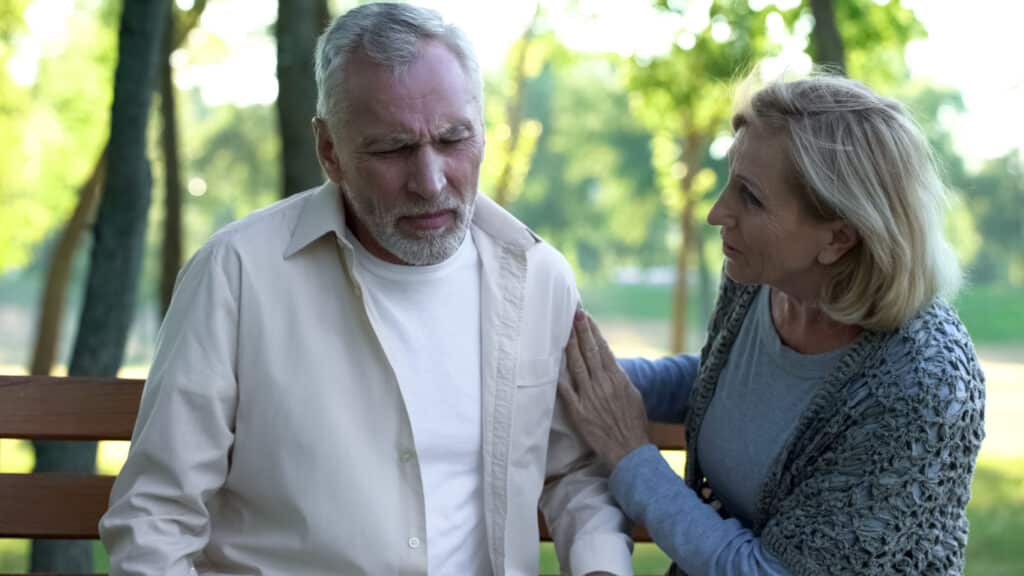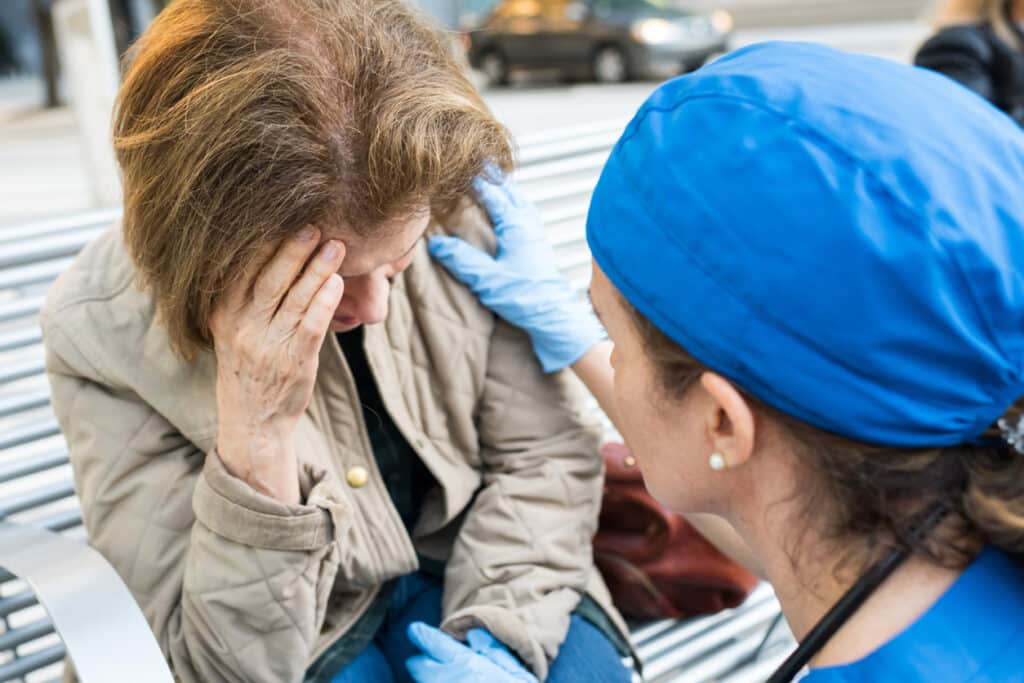
According to the CDC, nearly 800,000 people in the U.S. suffer a stroke each year. More than 600,000 of these are first time occurrences. Stroke is a leading cause of disability and death. Many stroke survivors will have another stroke within five years.
Stroke risk increases after age 65. Medical conditions such as high blood pressure, diabetes, heart disease, high cholesterol, and obesity are contributing factors. Approximately 87 percent of strokes are ischemic strokes, which are due to a blockage of blood supply to the brain. The remainder are hemorrhagic strokes due to an aneurysm or blood vessel rupture.
Symptoms of a Stroke
· Trouble speaking and understanding what others are saying; slurred speech
· Paralysis or numbness of the face, arm, or leg often affecting only one side of the body
· Difficulty seeing in one or both eyes; double vision
· Headache, often sudden and severe, which may be accompanied by dizziness or vomiting
· Trouble walking; loss of balance or coordination
When to Seek Medical Attention

Stroke is a medical emergency. The acronym FAST indicates the need to get medical attention as quickly as possible.
F – Face – Does one side of the face droop? Ask the person to smile.
A – Arms – Can the person raise both arms?
S – Speech – Is the speech slurred or strange? Can the person repeat a sentence or phrase?
T – Time – Call 911 or get medical help quickly if any of the above signs are observed.
How is Stroke Treated?
Ischemic strokes are treated with a medication called tissue plasminogen activator (tPA) to break up blood clots that are blocking blood flow to the brain. This must be given within three hours after the symptoms begin. This “clot buster” medication greatly improves a patient’s chance of recovery. The patient may need a procedure to open up blocked arteries and restore blood flow.
Hemorrhagic strokes are treated differently from ischemic strokes. The treatment depends on the severity of the bleeding and its location in the brain. A surgeon must stop the bleeding from the blood vessels or seal the aneurysm. Excess fluid may need to be drained from the brain. A transfusion may be needed to replace blood that was lost.
Renaissance Villages Lifestyle
Our Renaissance Villages senior living communities include apartment living, assisted living, and memory care options. Our compassionate care staff is available 24/7 for residents. We offer transportation to and from appointments and errands. The ONR TOUCH on-site therapy program offers concierge-styled rehabilitation therapy services so that residents don’t have to leave the community.
Contact us today for information on our residential options.

